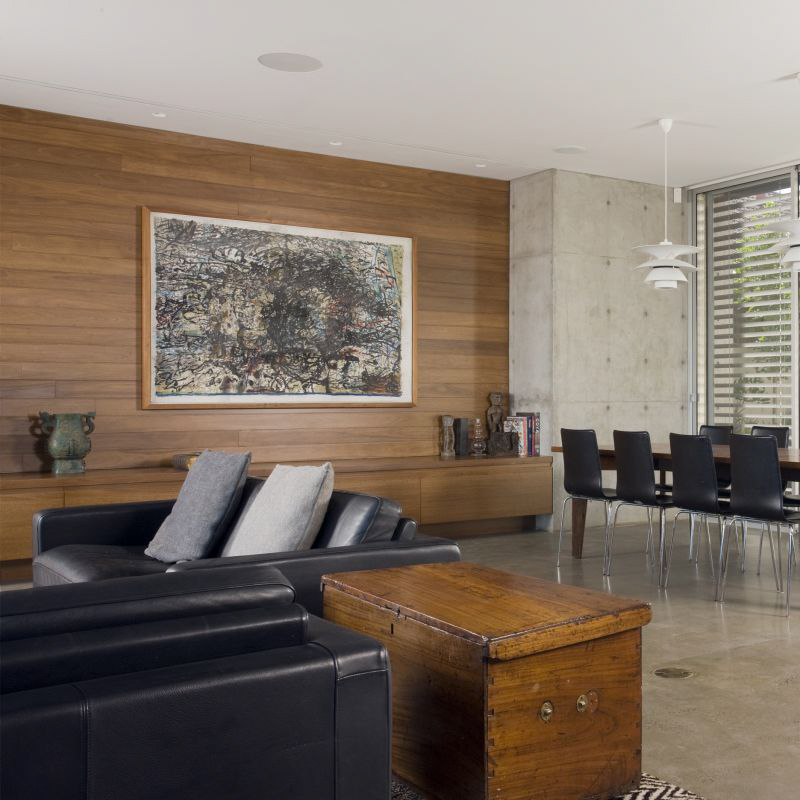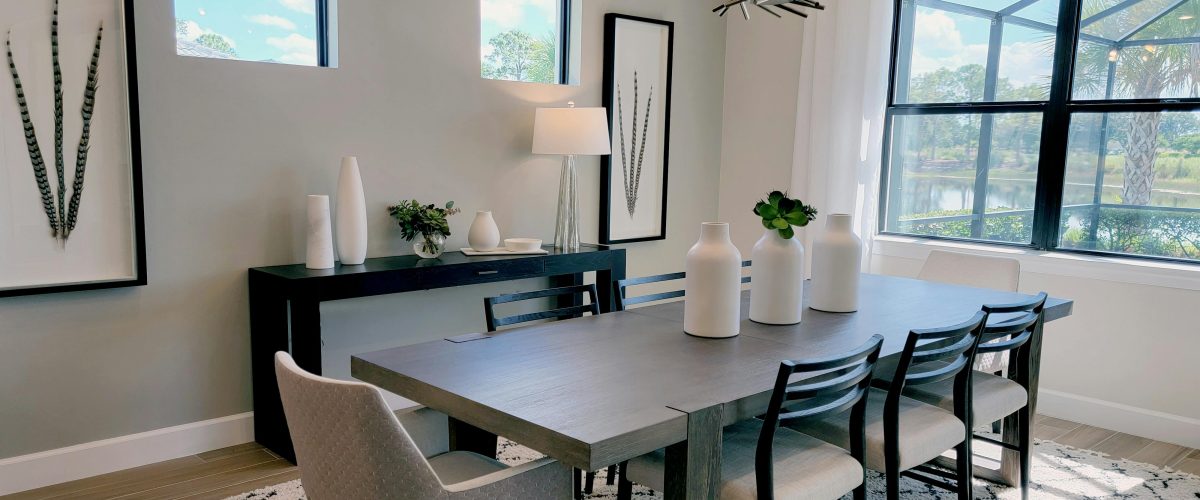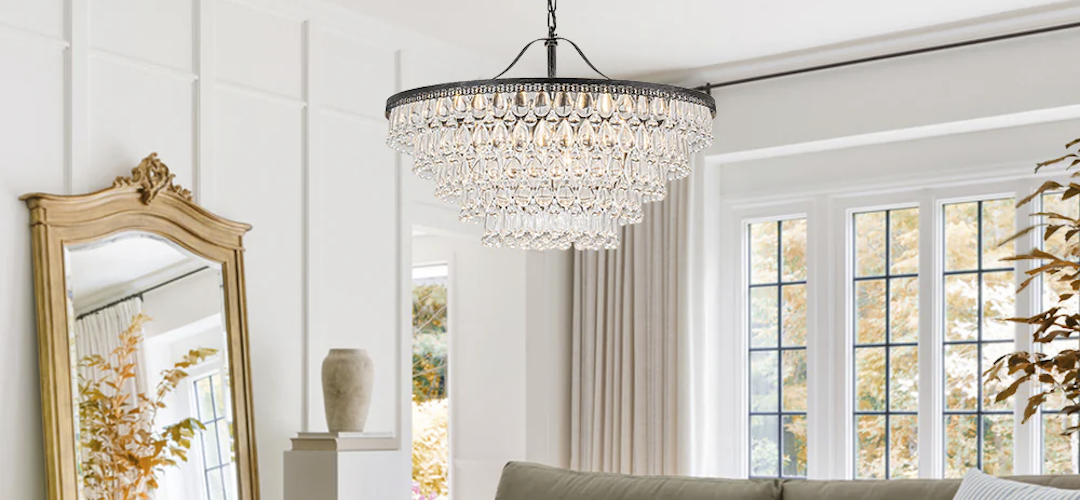
Radiant Splendor: The Beauty of Light
Introduction
Light is a fascinating and essential element of the world we live in. Whether it’s the soft glow of a sunset or the intense brightness of a flashlight illuminating a dark room, light is a powerful force that affects our lives in countless ways. In this article, we will explore the beauty of light and its impact on our surroundings and our emotions.
Light and Our Environment
One of the most significant influences light has on us is its effect on the environment around us. The intensity and color of light can completely transform a space. For example, a warm yellow light can make a room feel cozy and inviting, while a bright white light can make it seem sterile and unfamiliar. Similarly, the angle of light can highlight or obscure different features of a space, creating unique moods and atmospheres.
Color Temperature
The color temperature of light is a measure of its warmth or coolness. Measured in Kelvin, this scale ranges from warm yellow tones (around 2000K) to cool blue tones (up to 10000K). Different color temperatures have different psychological and emotional impacts. For example, warm colors are often associated with comfort and relaxation, while cool colors are associated with vigilance and alertness.
Direction and Intensity
The direction and intensity of light also play a significant role in our experiences. Direct light from a spotlight can put a dramatic emphasis on a particular object, while diffused light can create a softer and more subtle effect. Light intensity can also create different moods: low-intensity light can be calming and peaceful, while bright lights can be stimulating and energizing.
Light and Emotion
Light not only affects our environments, but it can also have significant emotional impacts on us. We often associate different colors and levels of brightness with specific moods and feelings. For example, blue light is often associated with calmness and serenity, while red light can evoke feelings of passion and excitement.
Seasonal Affective Disorder (SAD)
The impact of light on our emotions is particularly evident when it comes to conditions like seasonal affective disorder, or SAD. This mood disorder is often caused by a lack of exposure to natural light during the winter months. Symptoms include low energy, depression, and difficulty concentrating. Light therapy, which involves exposure to bright, artificial light sources, can alleviate these symptoms by mimicking natural sunlight.
Circadian Rhythm
Light also plays a significant role in regulating our bodies’ natural circadian rhythm. This internal clock influences our sleep-wake cycle, appetite, and other bodily rhythms. Exposure to natural light helps keep this rhythm in sync, while exposure to artificial light, especially blue light from electronic devices, can disrupt it. This is one reason why many experts recommend avoiding devices like smartphones and tablets in the hours leading up to bedtime.






